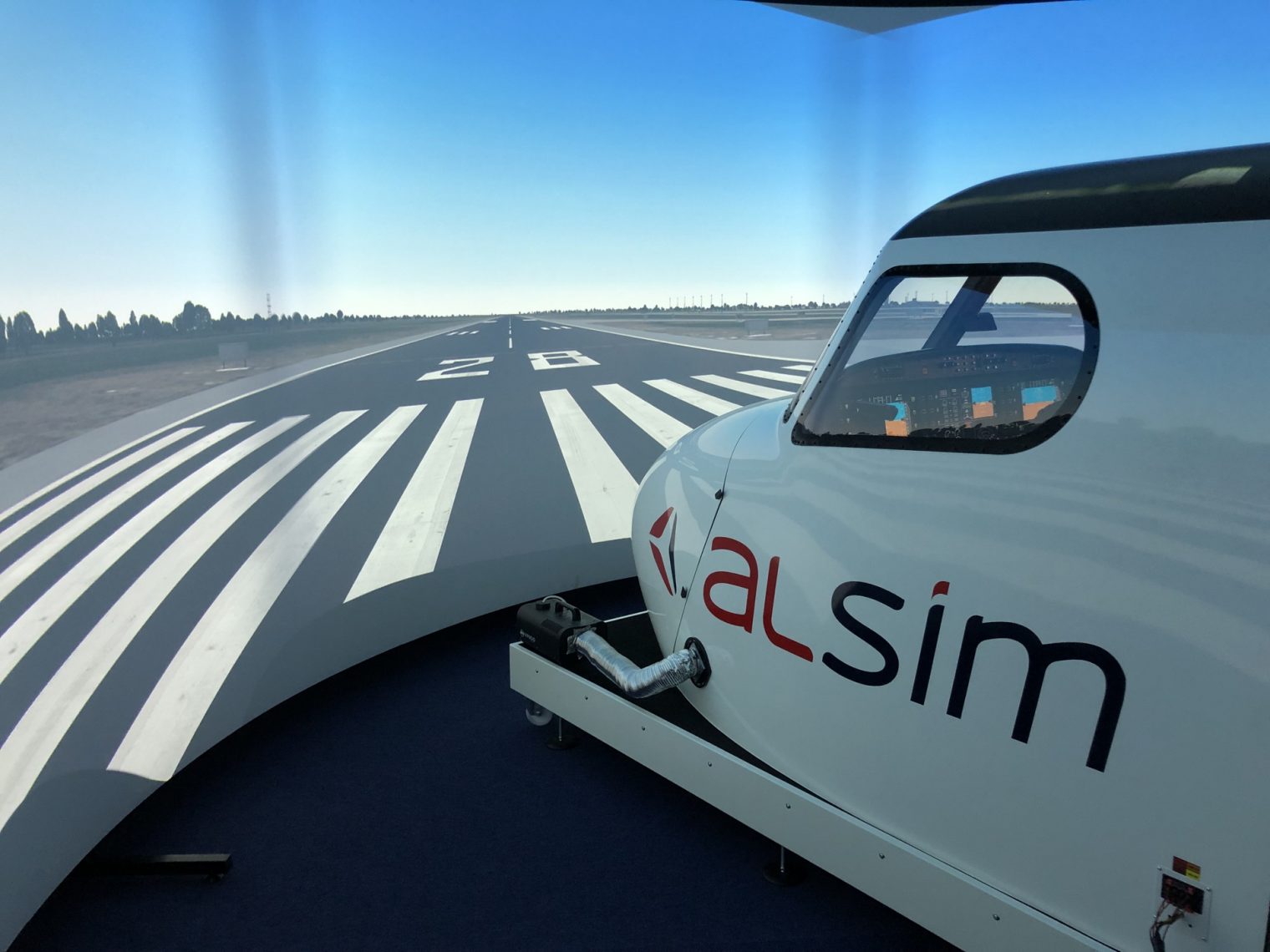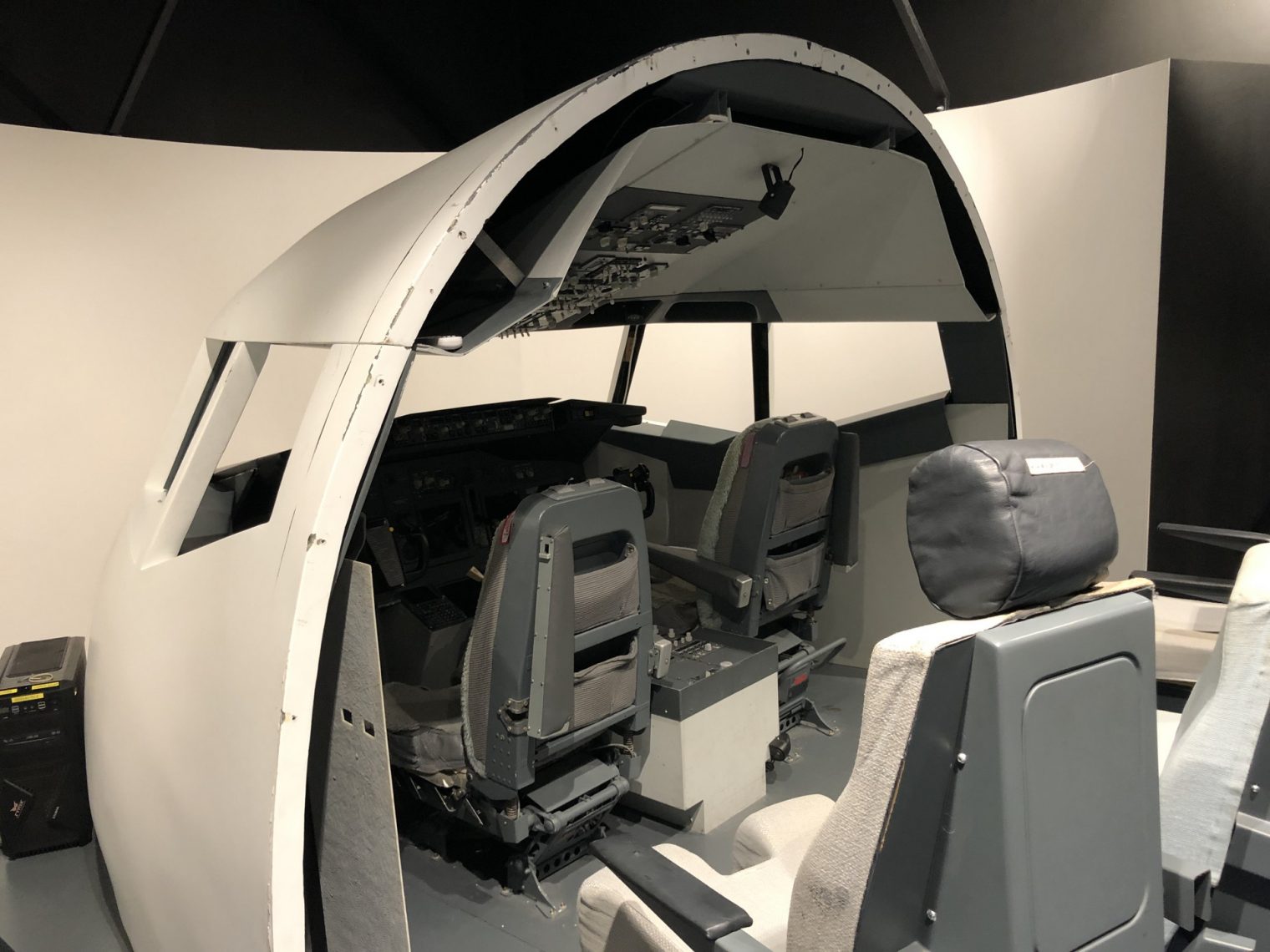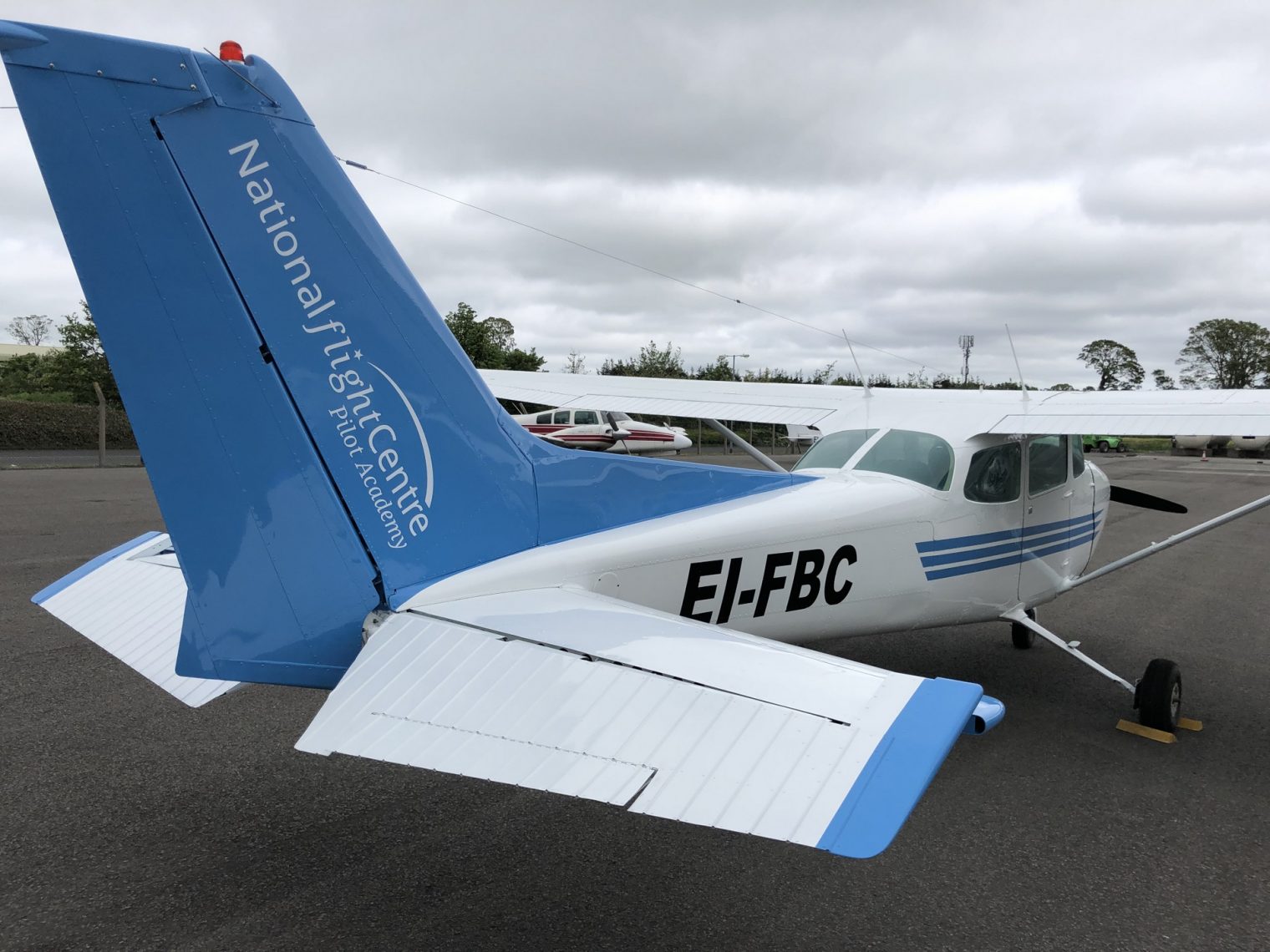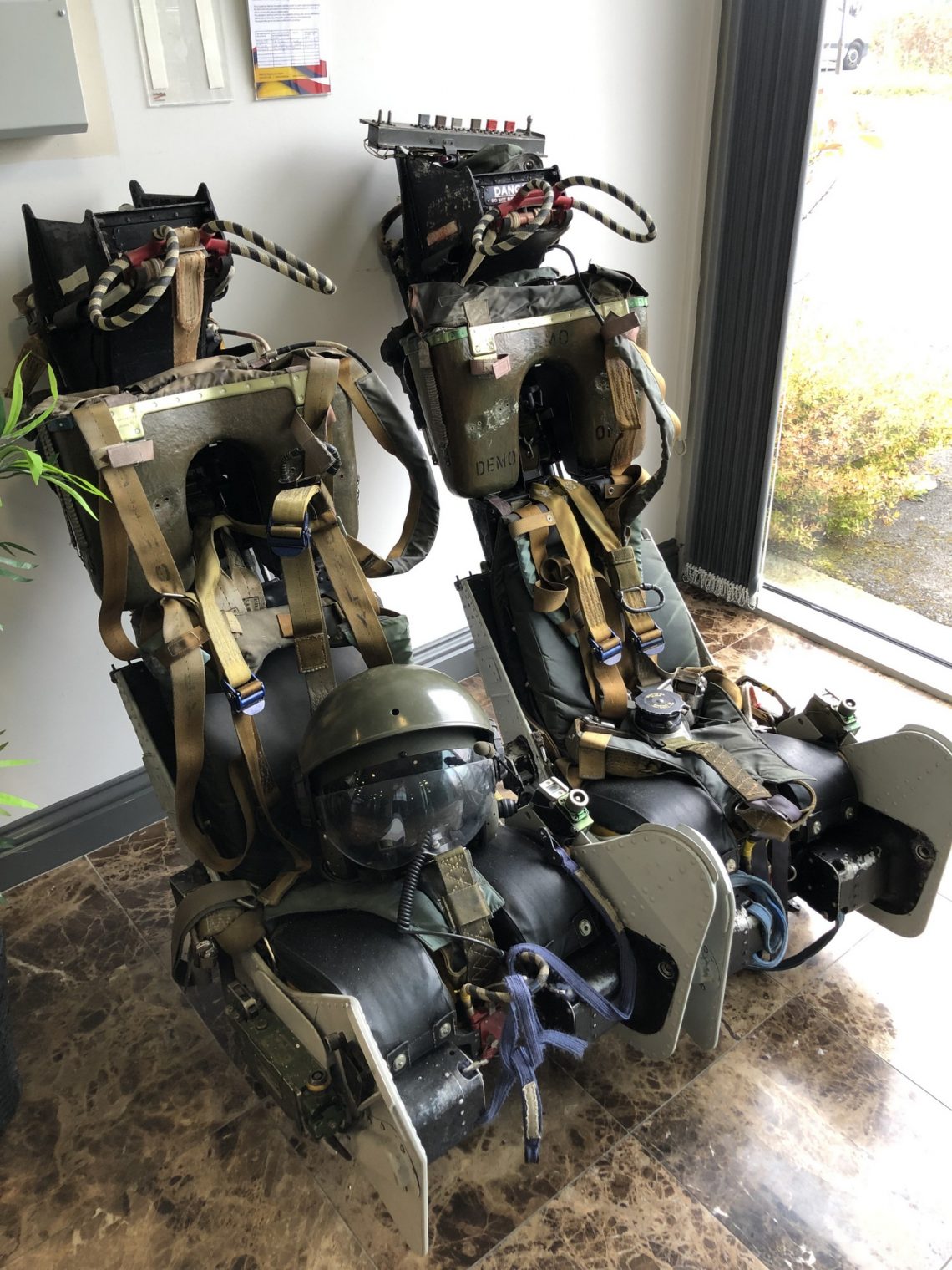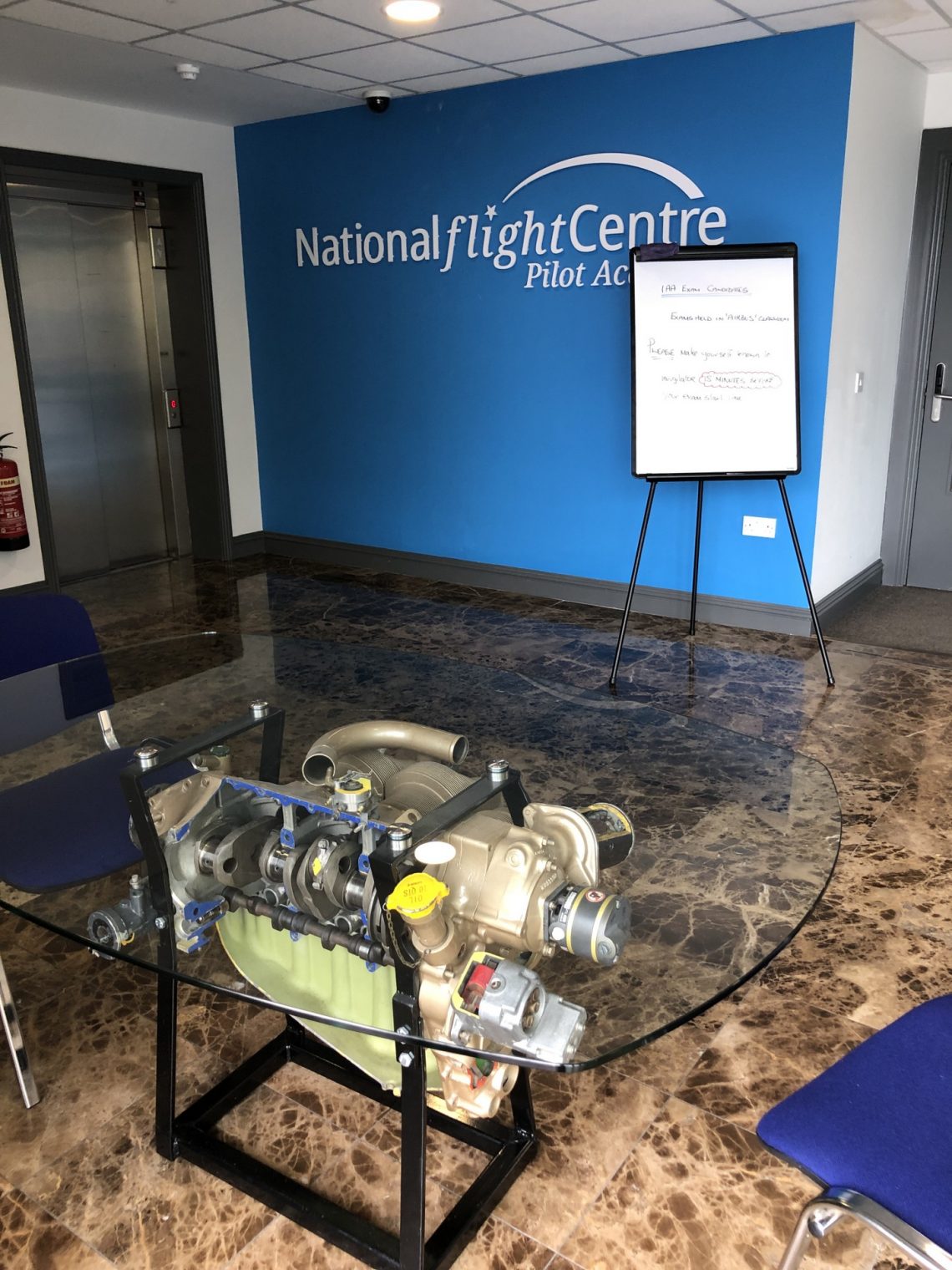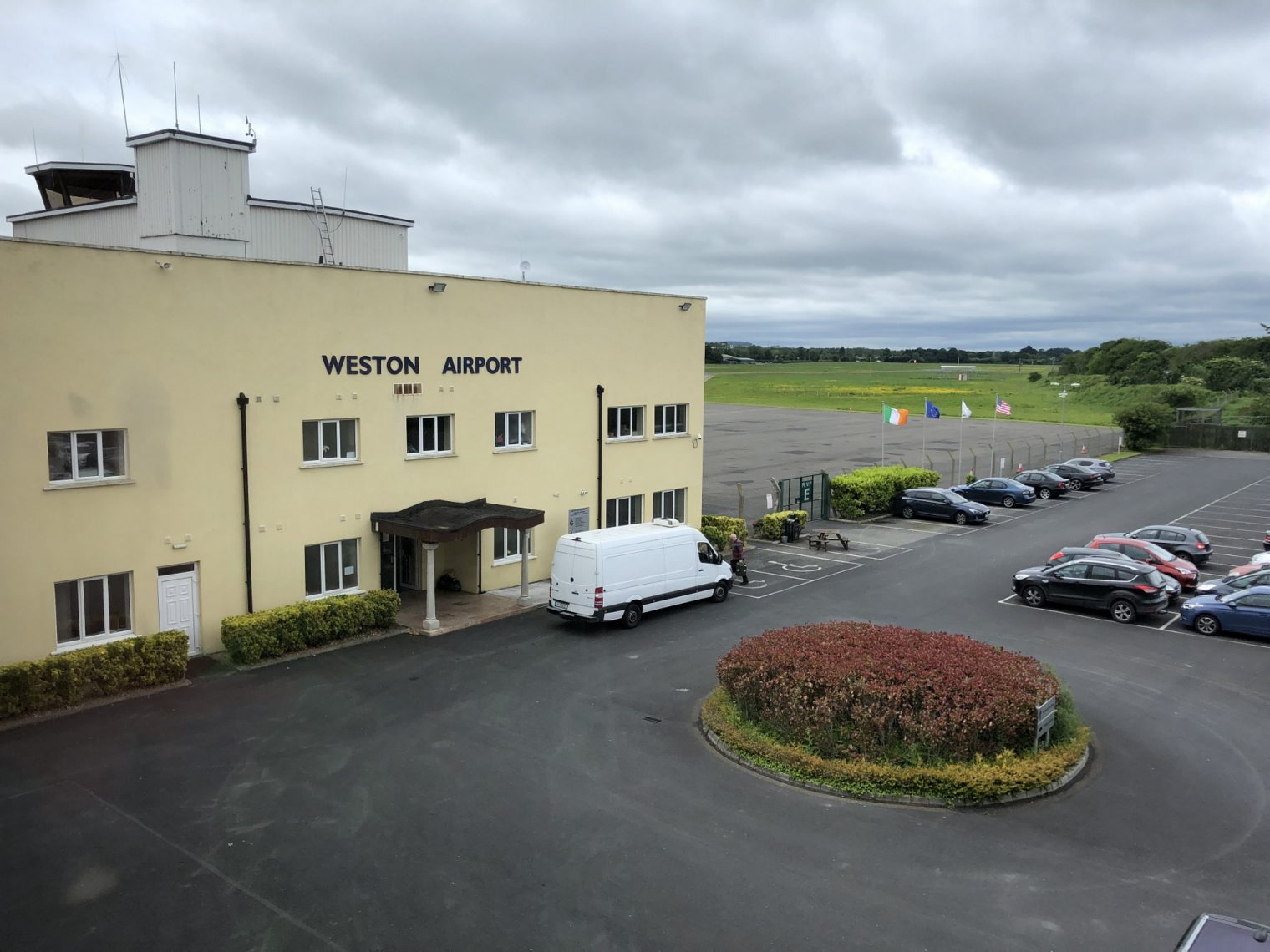Here are some places I hope to be at AirVenture. I would be happy to get together with any readers. Maybe the best way to reach me is via text: 617-864-6832. The guaranteed meeting would be on Wednesday morning, since I’m the speaker!
Tentative schedule… (I usually execute on about one third of these plans!)
Monday, 2:30 pm: USAF pilot training, Forum Stage 4 (conflicts, unfortunately, with David Martin in the Beech Baron in the airshow)
Monday afternoon: Aeromart (swap meet and the good stuff is picked over quickly).
Monday evening, July 22: Cirrus pilot dinner at the Hilton Garden Inn, 5:30 onward. Non-COPA owners may register.
Tuesday, 8:30 am: PT6A operations for PC-12, Workshop Classroom C.
Tuesday, 10 am: Over Both Poles in a Homebuilt by Bill Harrelson, Homebuilders Hangar. Tough competition from Back-Country Flying with SkyChick (Ramona Cox) on Forum Stage 11.
Tuesday, 10 am: Designing the Perfect Paint Scheme, Forum Stage 10. I did this last year (report) so I won’t go again, but highly recommended.
Tuesday 11 am or noon: Try to catch a Vintage Aircraft Tram Tour from the Vintage Red barn (every hour from 9-1).
Tuesday 11:30: Mad MAX-style kit helicopter and gyrocopter demonstrations at the Ultralight runway.
Tuesday, 1 pm, Theater in the Woods: Southwest 1380 talk by both pilots (imagine that, Captain “single pilot” Sully! Tammie Jo Shults brought her first officer Darren Ellisor into the spotlight!)
Tuesday, 2:30: Aerovie App, which looks like it has some interesting features, including an 8-day weather profile view (original idea is from WeatherSpork, I think), Forum Stage 9. (But it isn’t free, so how can it compete with modestly-priced market leader ForeFlight, now owned by Boeing? The plan is that Boeing will move some of its 737 MAX programmers onto the ForeFlight team and thereby destroy the product?)
Tuesday, 3 pm: Learn to use your weather radar, Part II, BendixKing Pavilion
Tuesday, 4 pm: Boring but important… Suzanne Meiners-Levy talks about business use of aircraft under the latest tax law. Forum Stage 10.
Tuesday, 5:30: EAA Press HQ social media meetup.
Wednesday morning, 0830: a talk on helicopter aerodynamics, Forum Stage 6. I should be finished talking (God willing!) by 9:00 am. Add another 15 minutes for questions from anyone crazy enough to have gotten up for 0830 and we can have a reader get-together at 9:15. We can walk over to the WomenVenture Group Photo at 11:00 am and see if we can get a T-shirt and be accepted in to the photo by saying “I woke up this morning identifying as a woman.” (I was previously rejected from the Air Race Classic despite offering to identify as a woman; apparently aviation is not transgender-friendly.)
Wednesday, 11:00 am: Learn to use WX Radar, Part I, Bendix/King Pavilion
Wednesday, 11:30 am: ForeFlight for experienced users, Forum Stage 8.
Wednesday, 1 pm: Flying to Mexico and Central America. Forum Stage 1. (Nobody told the pilots, mechanics, air traffic controllers, airport administrators, et al. down there that it is unsafe and they all must flee to the U.S. in a caravan (Cessna Caravan?).)
Wednesday afternoon: evening air show from Aviator’s Club: don’t want to miss Patty Wagstaff and Mike Goulian in their Extras or Jim Peitz in his inspiring Beech Bonanza (we can all do this in our family four-seaters!). The other theme will be The Death of a Tax Dollar, with the F-22 being demonstrated.
Wednesday, 6 pm: EAA WomenVenture – Celebrating Powerful Pilots, Theater in the Woods.
Wednesday evening: night air show from the Aviator’s Club. If sufficient energy, follow this up with the short aviation films at the Airbus fly-in theater
Thursday, 8:30: NASA Langley talk about pimping out a Cessna with the Mother of All Autopilots, Forum Stage 1. (it is unfortunate that most of NASA’s budget is wasted on pointless manned space missions; when these folks turn their attention to aviation the results are usually fantastic). During the same time slot, some folks are talking in the EAA Museum about creating a 270′-high “triumph of flight” monument. I.e., to celebrate aviation they are creating a dangerous obstacle!
Thursday, 8:30: Helicopter Safety Team, Forum Stage 3.
Thursday, 10:00 am: Innovation Showcase (“aviation innovation” is typically an oxymoron if we’re talking about certified!) in Aviation Gateway Park
Thursday, 11:30: Meet the FAA Administrator, Theater in the Woods
Thursday, 11:30: Flying the Concorde, Forum Stage 8 (i.e., EAA thinks 30X more people will be interested in hearing from about bureaucracy compared to hearing about supersonic flight)
Thursday, 1 pm: Burt Rutan talks in Theater in the Woods. Our age’s greatest airplane designer and also a climate change heretic (good thing he isn’t trying to get a job at Google!).
Thursday, 2:30 pm: ForeFlight for experienced users, Forum Stage 8 (if missed the above)
Thursday afternoon airshow: Jim Peitz at the beginning in the Beech Bonanza and David Martin near the end in the Beech Baron. I love these demonstrations of what ordinary aircraft can do when flown by someone skilled.
Thursday, 8 pm: Double Rutan action in the Theater in the Woods: Starship to Spaceships.
Thursday, 9:30 pm: U.S. premiere of a film about the Lafayette Escadrille in the Airbus theater.
Friday morning: Seaplane base! (maybe stay for the 1:30 “Floats Up” talk by Mary Build, a seaplane CFI from Maine) The want-to-go items below probably will have to be skipped.
Friday, 10:00 am: The Women of NASA, Theater in the Woods: “The speakers will encourage women to pursue careers in science, technology, engineering, and mathematics.” (i.e., the speakers will encourage women to choose a career that times out at age 50 and pays 1/10th to 1/3rd of what a physician earns!)
Friday, 10:00 am: Solar System Science with the James Webb Space Telescope, Forum Stage 6. The interesting part of NASA gets a small stage at the same time.
Friday, 11:30 am: Designing the Perfect Paint Scheme. Forum Stage 6. I did this last report (report) so I won’t go again, but highly recommended.
Friday, noon: Vintage Aircraft Tram Tour if did not already get it in.
Friday, 1 pm: Gyroplane 101, Ultralight Forums Tent. If these folks want to fly for about 200 hours low and slow in a two-seater, why don’t they simply buy a nearly timed-out Robinson R22?
Friday 1 pm: Hot Topics in Aviation Law, Forum Stage 9.
Friday, 2:30 pm: Airline Pilot Job Market, Forum Stage 8
Friday, 4 pm: Airport Secrets by a consultant to airports. FAA Aviation Safety Center.
Saturday, 0600: mass balloon launch (probably will sleep through!)
Saturday, 0630: 12 Step Recovery Meeting, Nature Center – Tent 3. Anyone crazy enough to get up for 0600 on a Saturday is probably suffering from a disease worse than alcoholism.
Saturday 0700: Ford Tri-Motor Flights (something to do before the show really starts).
Saturday 0730: Warbird Tram Tour
Saturday, 0900: Combating the Startle Effect, International Federal Pavilion.
Saturday, 10:00 am: Registering to fly in the D.C. FRZ. Recover the use of three airports buried in red tape after 9/11. Register ahead of time.
Saturday, 11:30 am: New in Foreflight, Forum Stage 8.
Saturday, 1 pm, EAA Museum, Wrights v. Curtiss patent wars. Americans have been leaders in aviation and nobody touches us when it comes to litigation. Let’s see what happens when these themes are combined!
Saturday afternoon: wander around EAA Museum (air-conditioned!) and the rest of the stuff in that area. Museum closes at 6 pm.
Saturday, 3 pm. Drone Obstacle Course in the Drone Cage. (if done early at museum).
Saturday, 6 pm: Homebuilt Aircraft Awards, Homebuilders Hangar.
Saturday evening, starting 8 pm: night air show from the Aviator’s Club.
Saturday, 9:30 pm: short aviation films, Airbus theater (if missed)
Sunday, 9:00 am: DJI Drone demo. Drone Cage.
Sunday, 9:00 am-4:00 pm: The exhibitors will be burned out, but there aren’t a lot of talks, etc. scheduled for today.
Sunday, 12:30 pm: DJI Inspire 2 demo. Drone Cage. This is the big one!
Sunday afternoon, 1 pm: Airshow? Don’t want to miss David Martin in his Beechcraft Baron(!). More tax dollars will be destroyed by an F-22. Also potentially interesting is Kyle Fowler in a Rutan Long-EZ. The F-35 and A-10 will also be demonstrated. (Wouldn’t it be nice if they could bring an enemy to do the announcing during these displays of military might? The North Korean guy could say “Whoa! Now I am truly frightened and will do whatever Donald Trump tells me.” An Iranian could say “Now that I’ve experienced the power of the F-22, there is no way I am going to keep building nukes.”)
Full post, including comments 


